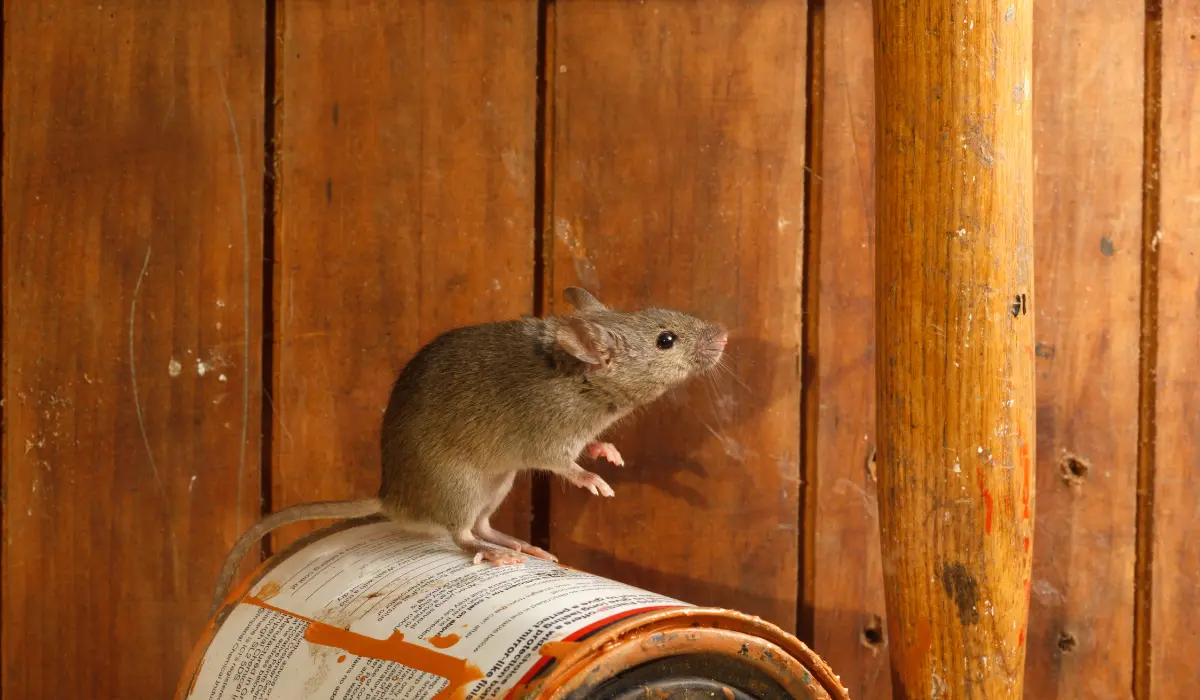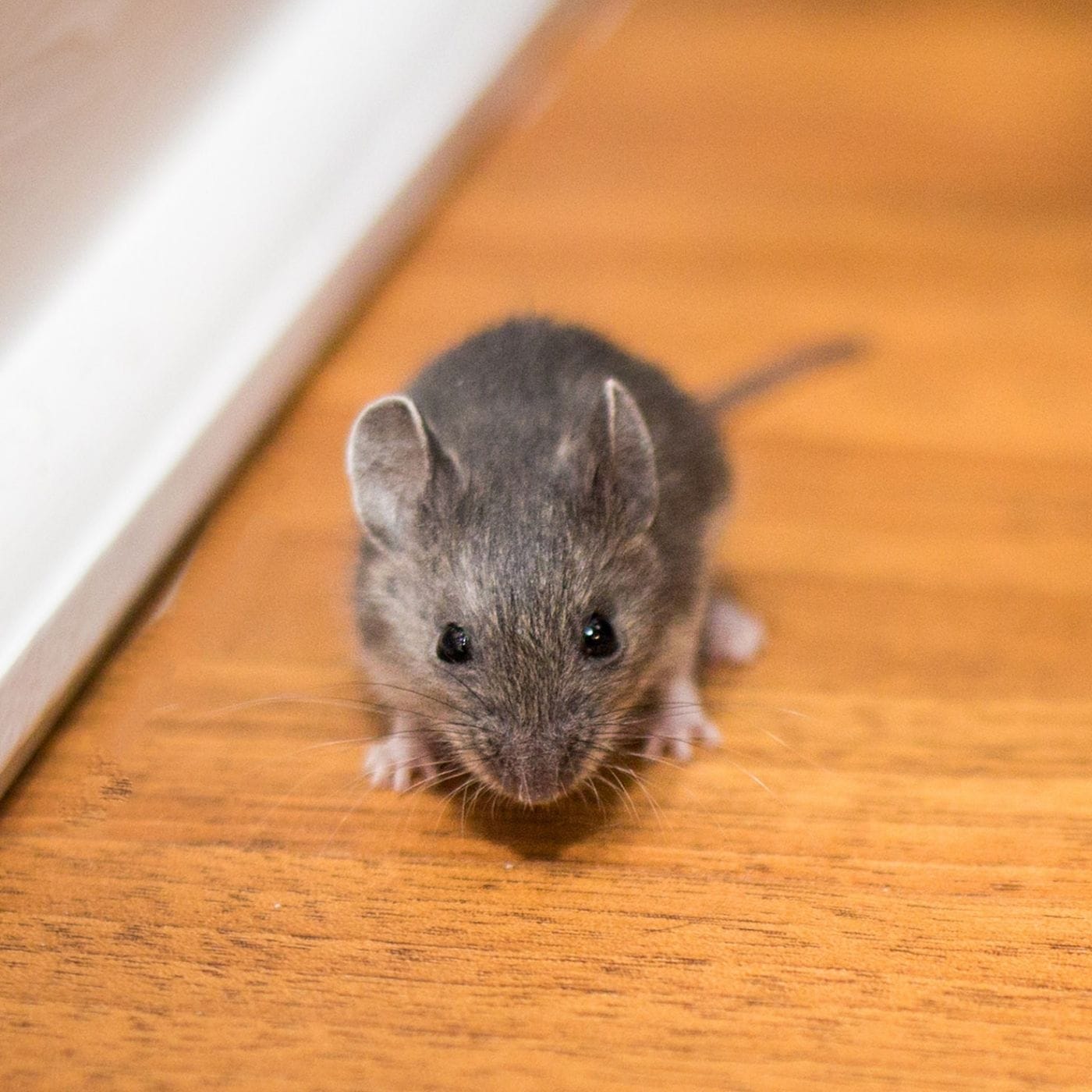Florida’s subtropical climate highlighted by warm temperatures, humidity, and mild winters allows mice to remain active and reproduce year-round. In Panama City, an important Gulf Coast locale in Florida’s Panhandle, these small but adaptable rodents can slip into homes or short-term rentals if leftover crumbs, unsealed entryways, or accessible moisture sources attract them. Once established, mice often nest behind walls, in attic spaces, or near appliances, seeking food and water under cover of night. This service page explores why mice thrive in Florida, how to spot a possible infestation, and why consulting a professional exterminator specializing in mice and mouse treatments is vital to keeping your property safe and rodent-free.
Whether you own a single-family property in Panama City or manage rentals also spanning Panama City Beach and Lynn Haven, identifying mice early and applying targeted, multi-stage solutions shields occupants from contamination, structural hazards, and repeated do-it-yourself struggles that typically miss hidden pups or newly arrived rodents exploiting Florida’s mild winter advantage.
Why Mice Thrive in Florida
Mild Winter Temperatures
In colder regions, extended freezing weather sharply reduces or halts mouse breeding for months. Florida’s gentle cold season rarely dips below freezing, so mice can stay active indoors or outdoors, breeding year-round. Climate-controlled settings (typically 65–85°F) eliminate seasonal slowdowns, ensuring fast litters and continual rodent presence if occupant or manager diligence wanes.
Ample Food & Moisture
Mice eat most organic matter kitchen scraps, unsecured pantry items, or pet food left overnight. In busy Panama City homes or short-term rentals, occupant habits may inadvertently supply leftover food if daily cleaning or trash disposal is insufficient. Even small water leaks under sinks or mild condensation from A/C lines give mice the moisture they need to thrive in Florida’s humidity.
Swift Breeding Cycles
A single female mouse can birth numerous pups yearly, each reaching adulthood in just a few weeks. Missing an initial handful of droppings or chew marks swiftly leads to multiple nests behind walls or in attic corners, especially if occupant or professional checks are postponed.
Easy Entry Points
Mice slip through dime-sized foundation cracks, door sweeps, or gaps around utility lines. In older residences or newer buildings lacking thorough sealing, they quietly nest behind drywall until occupant sightings like droppings or late-night rustling reveal their presence. By then, multiple rodents may already have formed hidden colonies.
Constant Movement of People & Goods
Florida’s relocations, short-term lodging, and occupant turnover routinely transport boxes, furniture, and personal belongings perfect for unnoticed mice hitching rides between properties. In multi-unit complexes across Panama City Beach or Lynn Haven, occupant or manager oversight can let mice migrate if occupant vigilance or housekeeping proves insufficient.

Warning Signs of a Mouse Infestation
- Droppings
- Tiny, rod-shaped pellets (¼ inch long), often pointed at one or both ends, commonly found near baseboards, behind appliances, or inside cabinets.
- Fresh droppings look dark and slightly moist; older ones turn grayish and crumble on contact.
- Tiny, rod-shaped pellets (¼ inch long), often pointed at one or both ends, commonly found near baseboards, behind appliances, or inside cabinets.
- Nocturnal Scratching or Squeaking
- Mice forage at night, creating faint squeaks or rustling inside walls, ceilings, or under floors.
- Regular or louder sounds likely indicate a larger colony nesting close by.
- Mice forage at night, creating faint squeaks or rustling inside walls, ceilings, or under floors.
- Chewed Packaging & Gnaw Marks
- Mice incessantly gnaw cardboard, plastic, or thin wood to keep their incisors from overgrowing.
- Torn corners on cereal boxes or dog food bags confirm mouse feeding attempts.
- Mice incessantly gnaw cardboard, plastic, or thin wood to keep their incisors from overgrowing.
- Shredded Nest Material
- Bits of paper, fabric, or insulation gathered in secluded spots attics, basement corners, or behind appliances.
- Droppings or musty smells near these nests confirm rodent presence.
- Bits of paper, fabric, or insulation gathered in secluded spots attics, basement corners, or behind appliances.
- Pet Fixation
- Cats or dogs staring intently at walls, pawing under stoves, or barking at empty corners often sense mouse movements occupant ears miss.
- Sudden pet interest in an otherwise ignored area strongly suggests hidden mice.
- Cats or dogs staring intently at walls, pawing under stoves, or barking at empty corners often sense mouse movements occupant ears miss.
- Musty, Ammonia-Like Odor
- Accumulated droppings or urine produce a stale, pungent smell in enclosed areas.
- The stronger the odor, the more extensive or entrenched the mouse population often is.
- Accumulated droppings or urine produce a stale, pungent smell in enclosed areas.
Why Overlooking Mice Can Be Costly
Disease & Contamination
Mice can host pathogens (e.g., salmonella) via droppings or saliva, contaminating countertops, stored foods, or utensils. Inhaling dust from dried feces poses occupant respiratory risks if occupant or staff cleaning is lax.
Structural & Electrical Hazards
Mice routinely chew wood framing, drywall corners, or wiring insulation. Frayed wires hidden behind walls can spark short circuits or fires, driving up repair bills or forcing occupant displacement for fixes.
Rapid Colony Expansion
Florida’s mild winters keep mice breeding all year. A minor oversight can quickly spawn multiple nests across floors or behind walls if occupant or professional detection is late, straining occupant well-being and property safety.
Additional Parasites
Mouse nests occasionally harbor fleas or ticks, potentially transferring to occupant pets or occupant spaces. Larger predators (feral cats, snakes) may be drawn near rodent-rich properties, complicating occupant or manager tasks further.
Occupant Stress & Reviews
Short-term rental owners or lodging near Panama City Beach or Lynn Haven face occupant complaints and negative online reviews if mice appear. Homeowners endure occupant anxiety or repeated cleaning if mice keep resurfacing after minimal occupant fixes.
Why a Professional Exterminator for Mice & Mouse Treatments Is Critical
Meticulous Inspections
A mice exterminator checks attics, basements, behind kitchen appliances, or crawl spaces for droppings, gnaw damage, or nesting scraps. Identifying mice vs. rats informs whether snap traps or tamper-resistant bait stations are optimal. Pinpointing nest locations clarifies coverage (like kitchen vs. entire floor).
Targeted Baiting & Trapping
Experts properly set snap traps or enclosed bait stations along recognized mouse “runways” (wall edges, under cabinets), ensuring lethal captures. Occupant attempts with open poisons or misaligned traps produce marginal kills or occupant/pet danger if incorrectly placed.
Safe Rodenticide Usage
Scattering poisons risks occupant or pet well-being. Exterminators secure rodenticides in tamper-resistant stations, ensuring lethal ingestion by rodents alone. Mice typically die in hidden nests or outdoors, reducing occupant disposal tasks and surpassing occupant do-it-yourself attempts that can endanger children or pets.
Sealing & Exclusion
Removing mice addresses only half the problem. Exterminators highlight occupant or manager repairs filling cracks, upgrading door sweeps, sealing utility gaps preventing re-entry. Occupant synergy cements rodent freedom in Florida’s mild winter environment otherwise conducive to year-round breeding.
Scheduled Re-Check
Rodent pups may appear weeks after occupant sightings vanish, or new mice might find previously missed openings. Many exterminators re-check occupant feedback or return if droppings recur, refining occupant housekeeping or re-placing baits until occupant certainty no hidden rodents remain.

Typical Mice & Mouse Treatment Methods
- Inspection & Nest Mapping
- Technicians scan attic beams, behind appliances, or basement corners for droppings, nesting debris, or chew marks.
- Determining colony extent clarifies whether partial or entire-home coverage is required.
- Technicians scan attic beams, behind appliances, or basement corners for droppings, nesting debris, or chew marks.
- Trapping (Snap or Live)
- Snap traps swiftly reduce adult mouse populations when aligned accurately near walls or behind stoves.
- Live traps may suit occupant preferences but are less effective for large infestations.
- Snap traps swiftly reduce adult mouse populations when aligned accurately near walls or behind stoves.
- Bait Stations
- Locked enclosures containing rodenticide blocks or pellets spare occupant pets or children from open poison.
- Mice ingest lethal doses, usually dying out of sight in hidden nests or outdoors, saving occupant disposal concerns.
- Locked enclosures containing rodenticide blocks or pellets spare occupant pets or children from open poison.
- Exclusion & Structural Repairs
- Occupants or professionals seal foundation cracks, patch door sweeps, or fill openings around pipes or utility lines.
- Cutting off entry denies new mice infiltration after occupant synergy eliminates current nests.
- Occupants or professionals seal foundation cracks, patch door sweeps, or fill openings around pipes or utility lines.
- Sanitation & Clutter Control
- Occupants store leftover foods in sealed containers, remove crumbs daily, or wipe counters meticulously.
- Decreasing cardboard piles or clutter robs mice of quiet nest corners behind stored items.
- Occupants store leftover foods in sealed containers, remove crumbs daily, or wipe counters meticulously.
- Droppings & Odor Cleanup
- Removing droppings or sanitizing nest areas disrupts pheromone trails luring fresh rodents.
- Occupants or pro cleaning teams handle droppings safely, lessening occupant respiratory exposure to contaminated dust.
- Removing droppings or sanitizing nest areas disrupts pheromone trails luring fresh rodents.
- Maintenance & Follow-Up
- Weeks post-treatment, occupant sightings or new droppings can signal leftover pups or newly arrived rodents.
- Additional occupant housekeeping or re-placing baits ensures occupant calm that rodents are gone.
- Weeks post-treatment, occupant sightings or new droppings can signal leftover pups or newly arrived rodents.
- Inspection & Nest Mapping

Service Areas: Panama City, Panama City Beach, Lynn Haven
Rodents adapt widely to Florida’s mild winter, so occupant synergy plus specialized mice and mouse treatments remain crucial in Panama City, plus adjacent Panama City Beach and Lynn Haven. Year-round mild conditions power rodent breeding unless occupant or manager vigilance and professional extermination block them, keeping occupant spaces rodent-free.
Why Choose Us
Florida-Focused Techniques
We combine recognized rodent management snap traps, enclosed bait stations, thorough sealing plus occupant housekeeping steps that fit Florida’s environment. Occupant synergy discarding scraps, eliminating dampness plus advanced exterminator coverage eradicates adult mice and future litters, beating occupant attempts that skip concealed nesting or next-generation pups.
Thorough Assessments
Before distributing traps or rodenticides, technicians methodically scan behind appliances, attics, or basement corners for droppings, shredded nest scraps, or chew marks. Establishing how many floors or rooms face infestation clarifies if smaller local coverage or entire-building solutions are needed.
Safe & Precise Bait Use
Professionals deposit rodenticides solely within tamper-resistant stations, safeguarding occupant pets or children while guaranteeing lethal ingestion for mice. Snap traps align known rodent runways for swift captures, drastically lowering occupant chemical contact yet effectively killing rodents.
Exclusion & Housekeeping
Evicting current mice is half the solution. Occupants or professionals then seal cracks, fix door sweeps, or fill utility holes so new rodents remain outside. Occupant synergy like discarding waste or controlling moisture cements a rodent-resistant environment under Florida’s mild winter advantage.
Follow-Up & Peace of Mind
Mouse pups can emerge weeks after occupant sightings end, or new mice might exploit previously missed gaps. Many exterminators stay available or re-check occupant feedback if droppings persist, adjusting occupant housekeeping or re-placing baits until occupant certainty no hidden rodent pockets remain.
Next Steps
Seeing small droppings around baseboards, hearing nighttime scuttling in walls, or discovering gnawed pantry goods? Contact us to learn more or schedule your service. Our mice and mouse treatments in Panama City and nearby Panama City Beach, Lynn Haven merge property-wide inspections, well-placed traps or bait stations, occupant-led sealing and sanitation instructions, plus scheduled follow-ups fully removing rodent infestations and preventing fresh ones from forming.
Act swiftly to shield occupant health from droppings-borne pathogens, avoid electrical or structural damage from chewing, and retain occupant confidence if you manage rentals or multi-unit buildings. Rely on our Florida-based exterminator expertise in rodent solutions to find, eliminate, and bar mice effectively, negating their mild winter breeding advantage so occupant well-being and property safety stand year-round.
